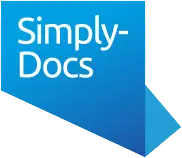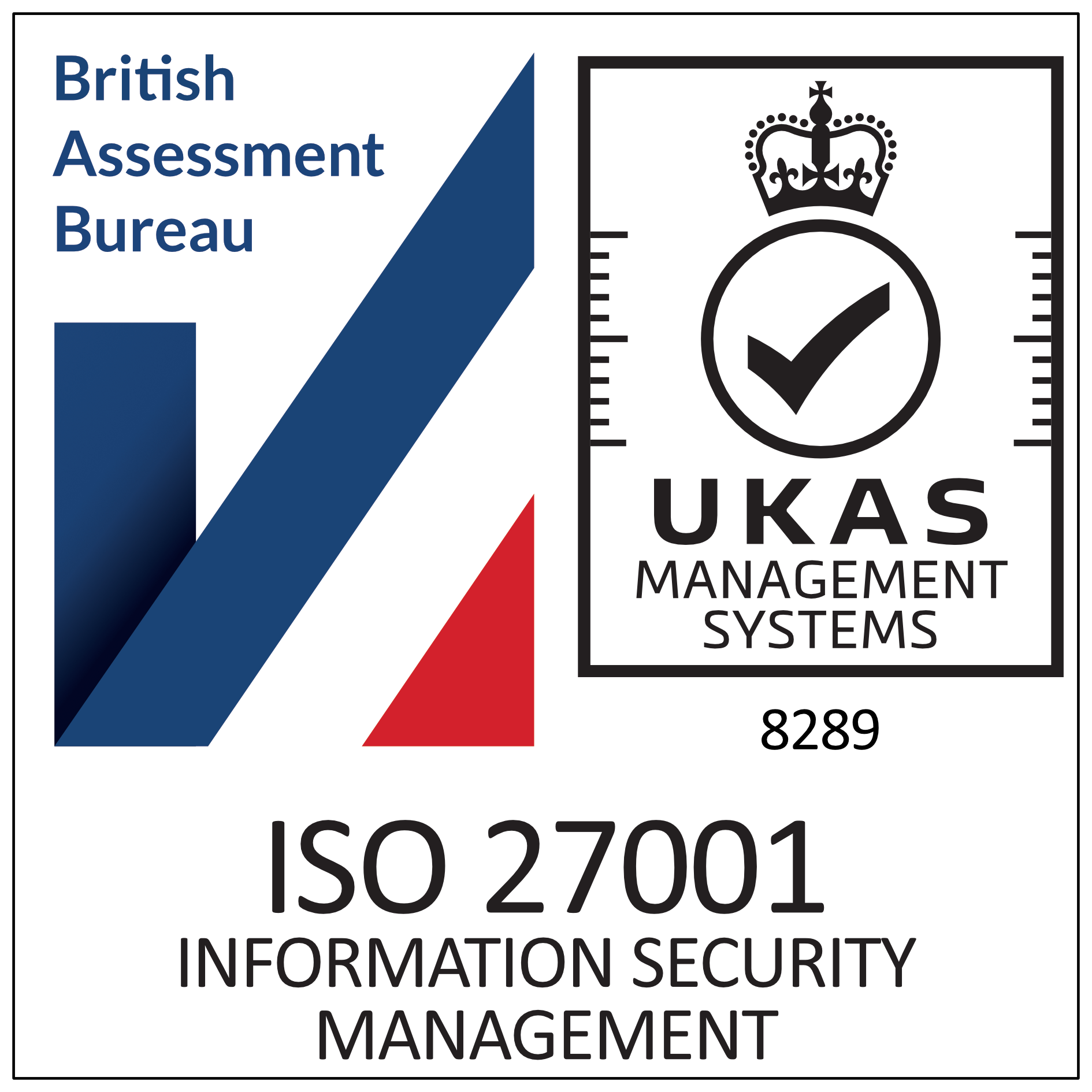Furlough Leave, Redundancy and SSP
Extension of the Coronavirus Job Retention Scheme (CJRS)
The CJRS has been extended to October 2020 with the Scheme continuing in its current form until 30th June 2020. From July to October 2020 the Scheme will be changed so that furloughed employees can be brought back part-time and the amount that HMRC will reimburse will fall in August, September and October.
Please be aware that the final date by which an employer can furlough an employee for the first time will be 10th June 2020, in order for the current three-week furlough period to be completed by 30th June 2020.
Furlough Leave and Redundancy
Even with the unprecedented support of the CJRS, it was always likely that many companies would be looking at making staff redundant, either during, or at the end of, the furlough period. The Government guidance explicitly acknowledges the possibility of redundancy: “Your employer can still make you redundant while you’re on furlough or afterwards”.
If your business needs to consider redundancy, then documents to help employers manage redundancy during and after furlough leave can be found here .
Information on how redundancy and furlough leave relate can be found in our Guidance Notes on the Coronavirus Job Retention Scheme and Furlough Leave . These guidance notes look at:
· the additional considerations due to furlough leave;
· alternatives to redundancy; and
· redundancy payments.
Coronavirus Statutory Sick Pay Rebate Scheme Set to Launch
The online service for the Coronavirus Statutory Sick Pay (SSP) Rebate Scheme will be available from 26 May 2020. Employers are eligible under the Coronavirus Statutory Sick Pay Rebate Scheme if they have a PAYE payroll scheme that started before 28 February 2020 and fewer than 250 employees before this date.
Employers can reclaim up to two weeks’ SSP paid to current or former employees after 13 March 2020. The repayment will start from the first qualifying day of sickness and applies in respect of SSP paid to:
· employees with coronavirus (COVID-19) or coronavirus symptoms;
· employees who are self-isolating and unable to work from home; or
· employees who are shielding because they are at high risk and have a letter from the NHS or a GP telling them to stay at home for at least 12 weeks.
The contents of this Newsletter are for reference purposes only and do not constitute legal advice. Independent legal advice should be sought in relation to any specific legal matter.


